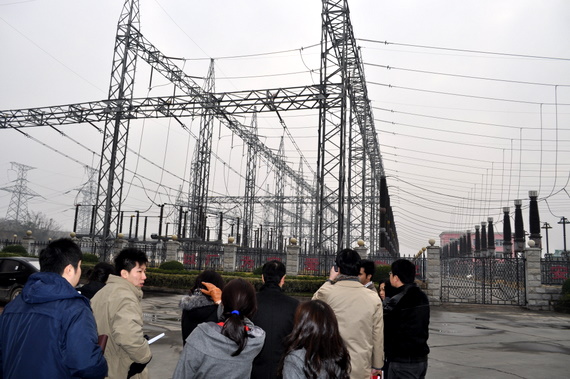
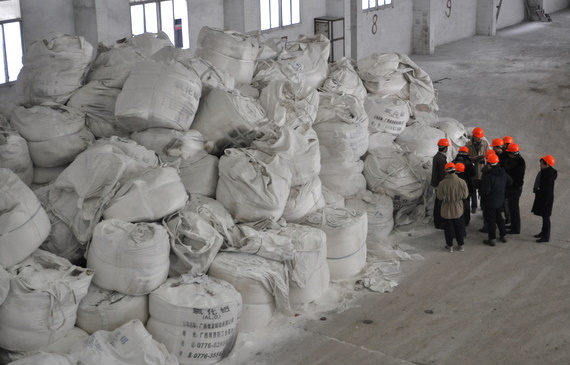
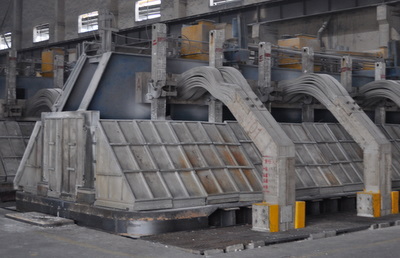
THE PERVASIVE and amazing uses of aluminum became abundantly clear to me as I flew in a SIA plane to Shanghai and an Air China plane from Shanghai to Yichang.
The main metal used in the planes' construction was aluminum. And the ice-cream that passengers were served came wrapped in aluminum foil (and paper) while the beer was downed from aluminum cans.
Aluminum combined with small quantities of other metals form alloys, which are light yet strong - hence its use in constructing aircraft bodies, for example.
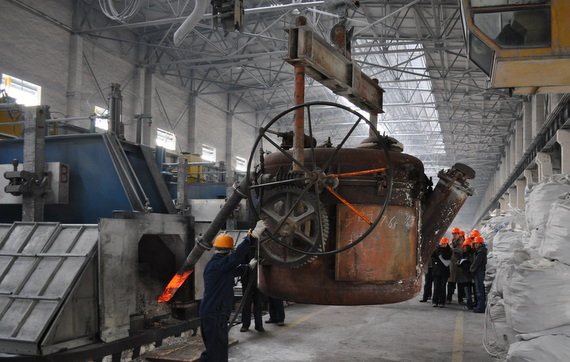
Aluminum is produced from its oxide, alumina, which is a powdery substance.
Last October, XinRen Aluminum became the first aluminum producer to list on the Singapore Exchange.
At its invitation, analysts, fund managers and the media last week visited its smelting plant in Yichang (Hubei province) and its fabrication plant in Jiangyin (Jiangsu province), about 2 hours’ drive from Shanghai.
XinRen has a market
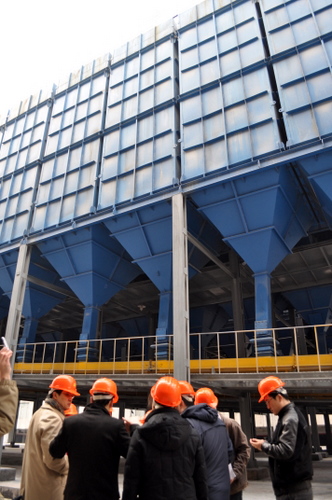
capitalization of about S$606 million and has delivered net profit of RMB 256.7 million (about S$50.3 m) in the first nine months of this year.
Its recent stock price was 55.5 cents, slightly above its IPO price of 55 cents, trading at a PE ratio of about 7.9X.
DBS Vickers has a ‘buy’ call on XinRen and a target price of 70 cents.
China's demand exceeds its production
As China’s economic growth continues strongly, its demand for aluminum exceeds supply.
China has over 100 smelting plants, of which 80 have annual capacity in excess of 100,000 tonnes.
Their total capacity is 17 million tons in 2010, while China’s demand is close to 20 million tonnes.
The capacity growth is 10% a year, while primary aluminum consumption is expected to grow at a CAGR of 17.6% between 2009 and 2012.
Aside from its plant in Yichang city, XinRen operates another smelting plant in Liupanshui City, in Guizhou Province.
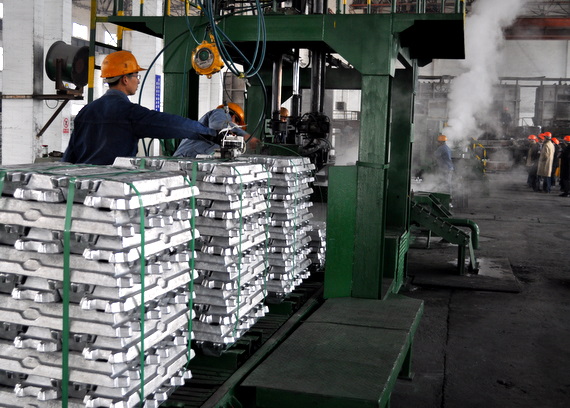
The Yichang plant currently has a production capacity of 130,000 tonnes a year.
In aggregate, the two plants have an approved primary aluminum production capacity of 275,000 tonnes annually.
Smelting has a 12-13% gross profit margin while fabrication, 20%, as it is more value-added by turning aluminum into foils, coils and sheets.
For 9M2010, smelting contributed 67% of XinRen's RMB 4.2 b revenue while fabrication, nearly 10%. A third segment, trading, contributed the rest.
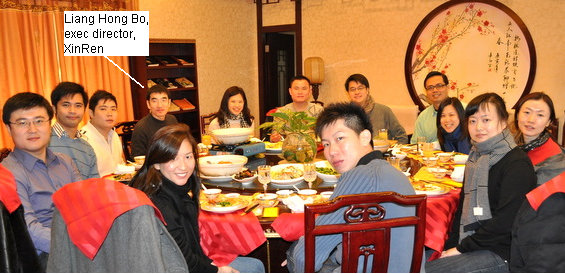
Look out for part 2 of our report later this week where we will cover our visit to XinRen's aluminum fabrication plant in Jiangyin, which currently has a production capacity of 50,000 tonnes annually.
Recent story: XINREN stock still 22% below IPO, but Jan-Sep Net Profit Up 452%







